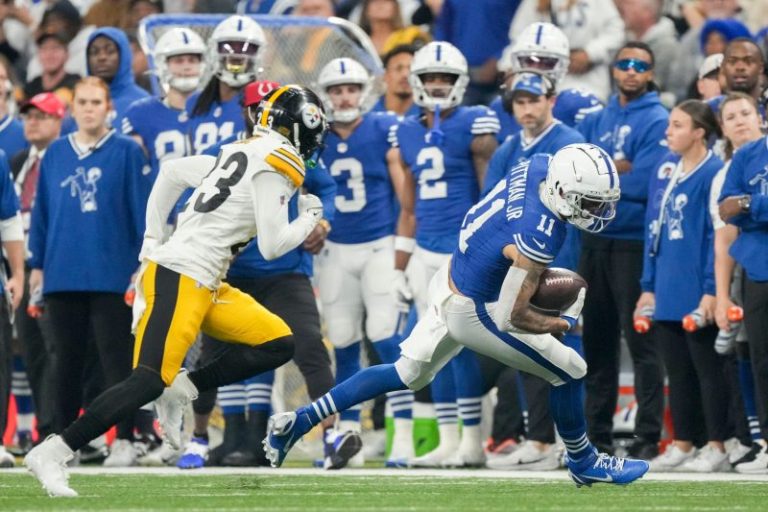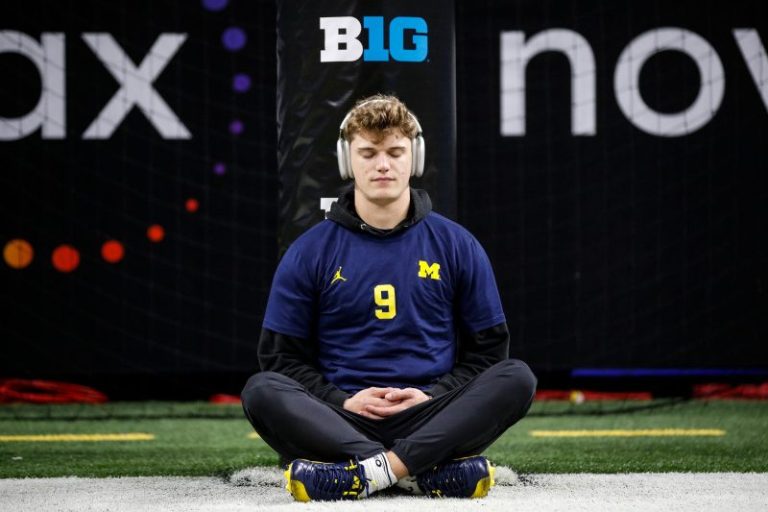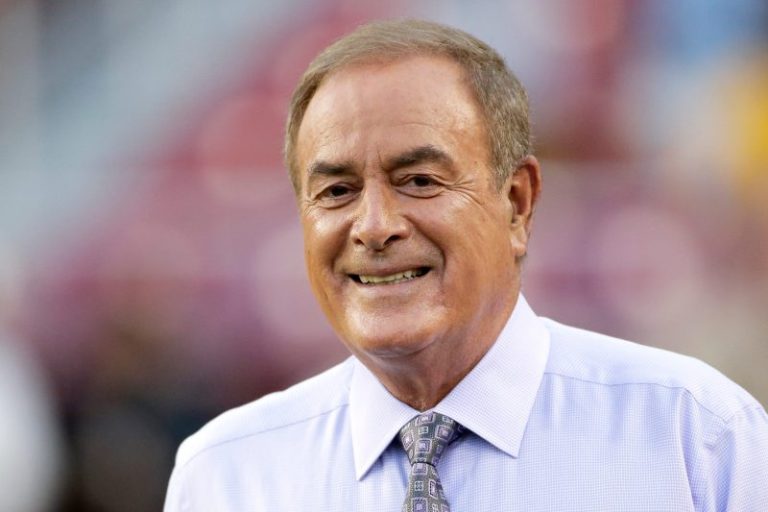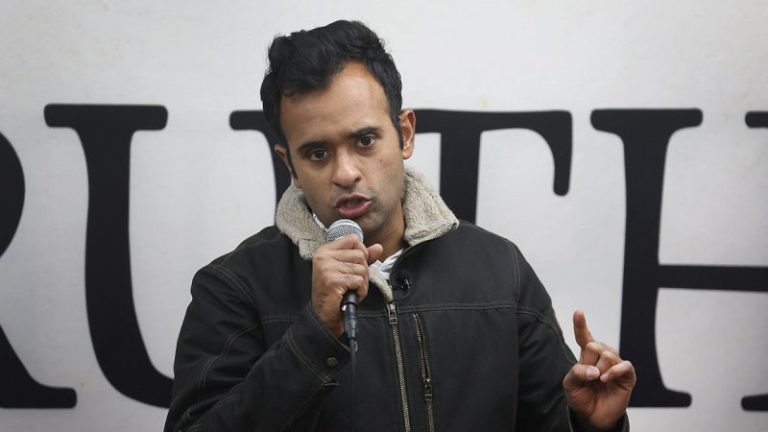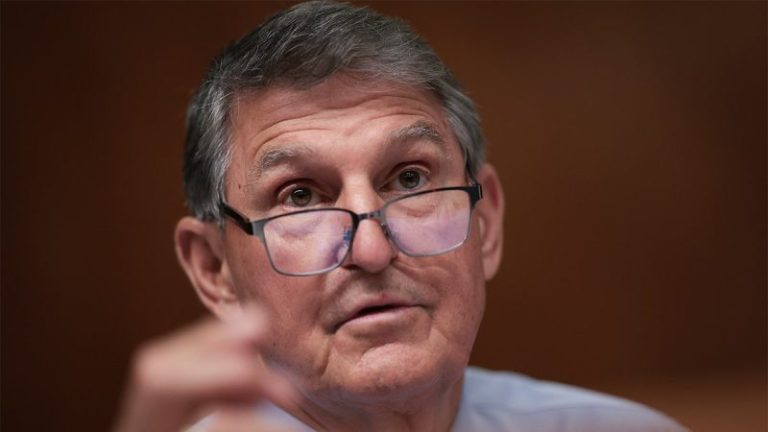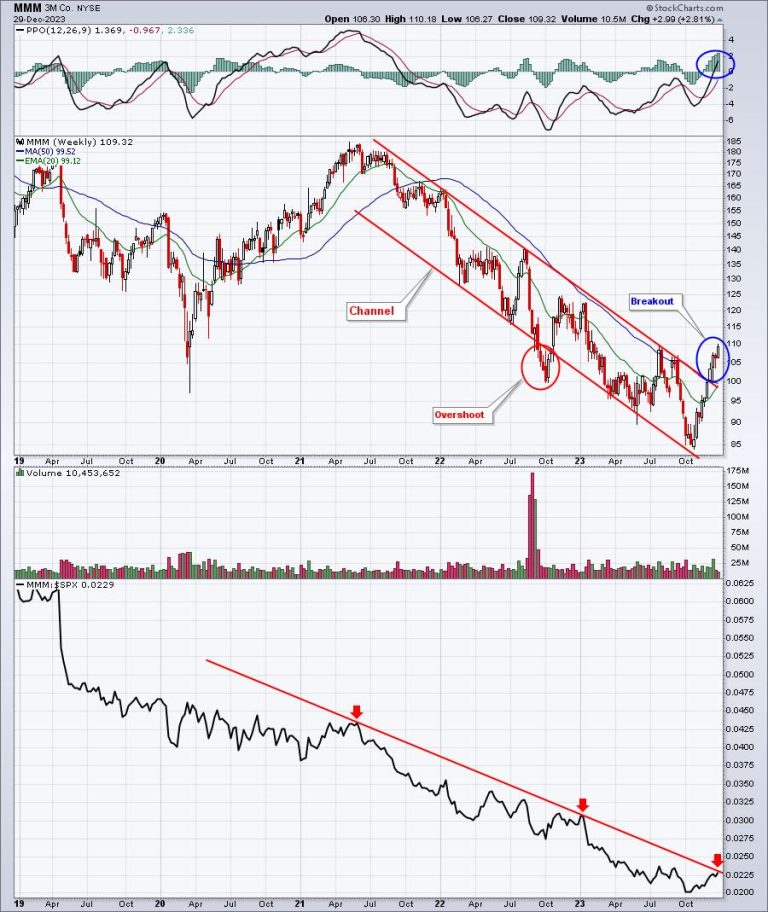Read this article for free!
Plus get unlimited access to thousands of articles, videos and more with your free account!
Please enter a valid email address.
By entering your email, you are agreeing to Fox News Terms of Service and Privacy Policy, which includes our Notice of Financial Incentive. To access the content, check your email and follow the instructions provided.
It was the announcement Senate Democrats were dreading.
When it came, it appeared to strike a major blow to their hopes of holding their razor-thin Senate majority in the 2024 elections.
‘I have made one of the toughest decisions of my life and decided that I will not be running for re-election to the United States Senate,’ Democratic Sen. Joe Manchin of West Virginia announced in November.
Manchin, a moderate Democrat and former governor, won over 60% of the vote in his 2012 re-election, but his margin of victory fell to just three points in 2018.
The consensus was that Manchin was the only Democrat who could win in West Virginia next year after his state shifted dramatically to the right over the past decade. Former President Donald Trump carried West Virginia by nearly 40 points in the 2020 election.
Democrats control the U.S. Senate with a 51-49 majority, but Republicans are looking at a favorable Senate map in 2024, with Democrats defending 23 of the 34 seats up for grabs. Three of those seats are in red states that Trump carried in 2020 — West Virginia, Montana and Ohio.
Five other blue-held seats are in key swing states narrowly carried by President Biden in 2020 — Arizona, Michigan, Nevada, Pennsylvania and Wisconsin.
‘Democrats have multiple pathways to protect and strengthen our Senate majority and are in a strong position to achieve this goal,’ Democratic Senatorial Campaign Committee spokesman David Bergstein argued in a statement after Manchin’s announcement.
‘In addition to defending our battle-tested incumbents, we’ve already expanded the battleground map to Texas and Florida,’ Bergstein added, pointing to what he called ‘unpopular Republican incumbents.’
Texas and Florida, where respective incumbent Sens. Ted Cruz and Rick Scott are seeking re-election, appear to be the only potentially competitive GOP-held seats up for grabs next year.
Here’s a look at the five seats most likely to flip in 2024.
West Virginia
With Manchin not seeking re-election, National Republican Senatorial Committee (NRSC) chairman Sen. Steve Daines said, ‘We like our odds in West Virginia.’
Right now, the main action is in the Republican Senate primary, where popular Democrat-turned-Republican Gov. Jim Justice has the backing of the NRSC and Trump.
Justice has raised more money than his main rival, conservative Rep. Alex Mooney, who enjoys the support of the fiscally-conservative Club for Growth.
The first Democrat to jump into the race following Manchin’s departure is 32-year-old Zachary Shrewsbury, a native West Virginian and Marine Corps veteran.
Montana
Democrats breathed a sigh of relief when Sen. Jon Tester of Montana announced earlier this year that he would seek re-election in 2024 in a state that Trump carried by 16 points three years ago. The Democratic incumbent has hauled in a formidable $15 million in fundraising so far this year.
Tim Sheehy, a former Navy SEAL and Purple Heart recipient who notched more than 200 missions in the wars in Iraq and Afghanistan and elsewhere around the globe, launched a Republican Senate bid in late June.
Sheehy, the CEO of Bridger Aerospace, a Montana-based aerial firefighting and wildfire surveillance services company, enjoys the NRSC’s backing.
Rep. Matt Rosendale, a hard-right congressman, is seriously mulling a bid. Rosendale narrowly lost to Tester in the 2018 Senate election.
Ohio
Longtime Democratic Sen. Sherrod Brown is the only member of his party to win a non-judicial, statewide election in Ohio in the past decade. As Brown runs in 2024 for a fourth six-year term representing Ohio, he will be heavily targeted by Republicans in a state that was once a premier general election battleground but has shifted red over the past six years.
Trump carried Ohio by eight points in his 2016 presidential election victory and his 2020 re-election defeat. Last year, Trump’s handpicked Senate candidate in Ohio — Sen. JD Vance — topped longtime Democratic Rep. Tim Ryan by six points despite Ryan running what political experts considered a nearly flawless campaign.
Brown, who has served as a congressman, state lawmaker and Ohio secretary of state during his nearly half-century career in elective politics, is well known across the Buckeye State. The senator, known as a champion for populist causes, raked in $3.6 million in contributions during the first three months of this year.
Two Republicans who ran unsuccessfully for the 2022 GOP Senate nomination in Ohio are already in the race to oust Brown.
State Sen. Matt Dolan, a former top county prosecutor and Ohio assistant attorney general, launched his campaign in January. Dolan, whose family owns Major League Baseball’s Cleveland Guardians, shelled out millions of his own money to run ads for his 2022 Senate bid.
He surged near the end of the primary race, finishing third in a crowded field of Republican contenders, winning nearly a quarter of the vote.
In April, Bernie Moreno, a successful Cleveland-based businessman and luxury auto dealership giant, declared his candidacy. Moreno, an immigrant who arrived in the U.S. legally from Colombia with his family as a 5-year-old boy, also shelled out millions of his own money to run TV commercials to try and boost his first Senate bid.
But he suspended his campaign in February 2022 after requesting and holding a private meeting with Trump.
In July, Ohio Secretary of State Frank LaRose joined the race, launching a much-anticipated Senate campaign.
Arizona
With Democrat-turned-independent Sen. Kyrsten Sinema appearing to gear up for a re-election campaign — even though she hasn’t officially announced a campaign — the Senate race in battleground Arizona could be the most complicated of the 2024 cycle.
Democratic Rep. Ruben Gallego is already running on the left and has raised more money than Sinema, although the incumbent enjoys a healthy cash-on-hand advantage.
Pinal County Sheriff Mark Lamb recently became the first major GOP contender to launch a campaign.
But 2022 GOP gubernatorial nominee Kari Lake instantly became the Republican front-runner when she jumped into the race in October. Lake, a former TV news anchor and strong Trump ally, narrowly lost last year’s election for governor but refused to concede.
Pennsylvania
The Keystone State, which is a perennial general election battleground, will likely live up to its reputation once again in 2024 as it holds what will arguably be one of the most competitive and expensive Senate races in the country.
Democratic Sen. Bob Casey, who served a decade as the state’s auditor general and then treasurer before first winning election to the Senate in 2006, is seeking a fourth six-year term in office.
Casey, who is not expected to face any serious Democratic primary challenge, is the son of a popular former governor.
Republicans appear united behind Dave McCormick, who is making his second straight Senate run.
McCormick, a former hedge fund executive, West Point graduate, Gulf War combat veteran and Treasury Department official in former President George W. Bush’s administration, was endorsed by the Pennsylvania GOP in late September, soon after he entered the race.
McCormick had been courted by national and state Republicans to run, and his candidacy gives the GOP a high-profile candidate with the ability to finance his own race that’s expected to be one of the most expensive in the country.
The Pennsylvania GOP’s endorsement will likely help McCormick avoid a crowded and combustible battle for the 2024 GOP Senate nomination like the one he faced last year. McCormick ended up losing the nomination by a razor-thin margin to celebrity doctor and cardiac surgeon Mehmet Oz, who secured a primary victory thanks to a late endorsement from Trump. Oz ended up losing the general election to Democrat John Fetterman.


